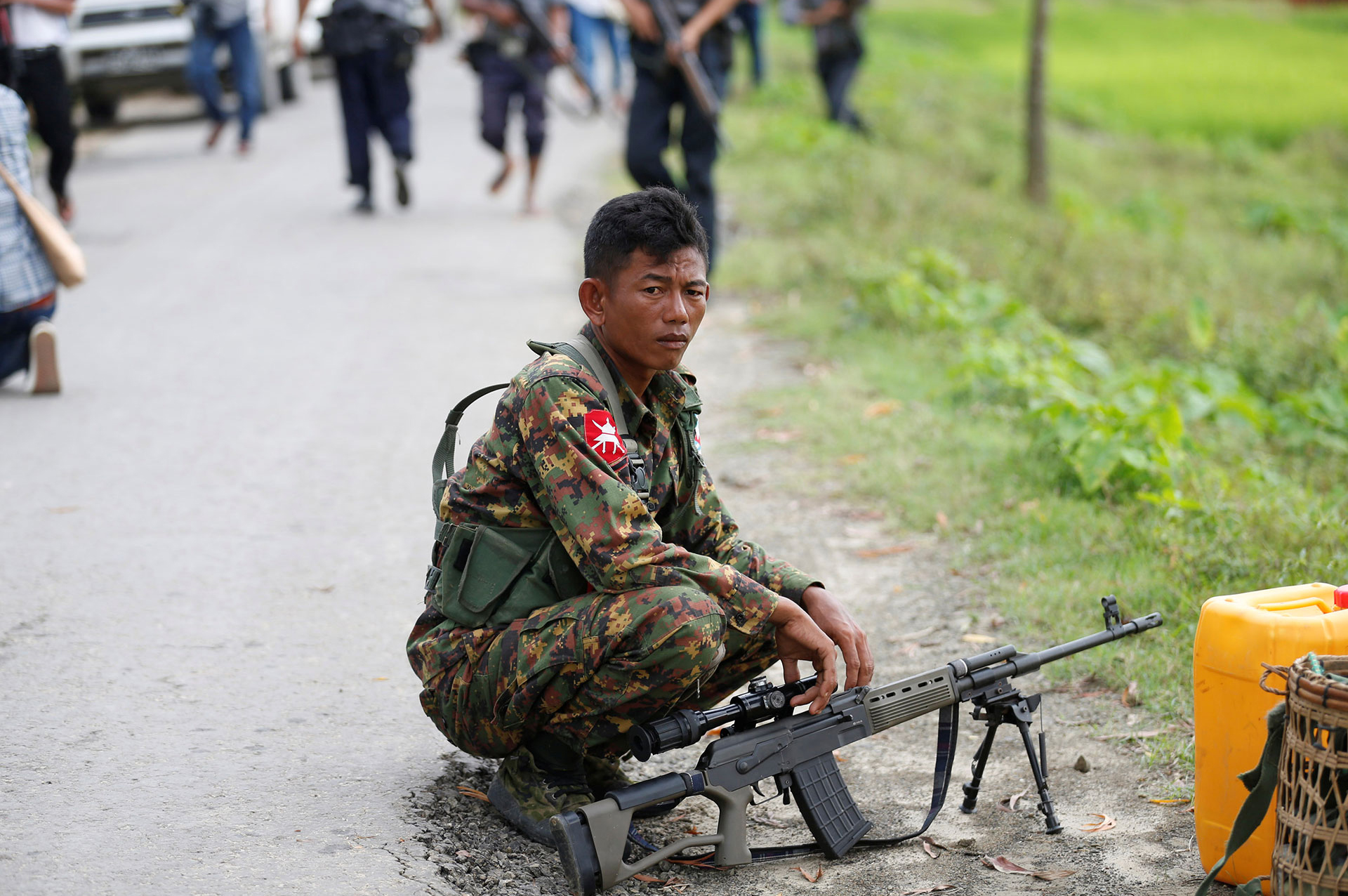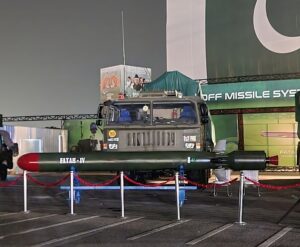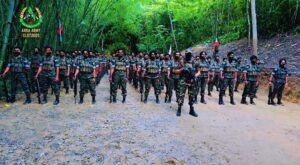Introduction
Though Bangladesh and Myanmar share a 271-kilometre frontier of rugged hills and winding rivers, the relationship between their border forces has often been tense. From the Naf River estuary to the Bay of Bengal, both sides have tested each other’s resolve — but in every recorded confrontation since the early 1990s, Bangladesh’s forces have emerged tactically superior.
While neither nation has ever declared war, the pattern of limited engagements reveals much about command discipline, training, and national doctrine. For Bangladesh, these encounters have consistently reaffirmed one truth: professionalism and coordination outweigh sheer numbers.
The First Skirmishes – Naf River, 1991
The earliest modern clash occurred in 1991, when Myanmar naval patrol boats entered Bangladeshi waters near the Naf River.
Bangladesh Navy and Border Guards (then Bangladesh Rifles) responded swiftly, engaging the intruding vessels with sustained small-arms fire. The exchange lasted several hours before the Myanmar boats retreated to their side of the border.
Result: Myanmar withdrew; Bangladesh strengthened its riverine patrol network — its first post-independence demonstration of operational confidence on the maritime frontier.
Naikhongchhari and Teknaf Incidents – 1998–2001
From 1998 to 2001, tensions rose along the Naikhongchhari–Teknaf axis as Myanmar attempted to construct military outposts inside disputed areas.
- 1998–1999: Bangladesh Rifles dismantled illegal Myanmar positions after repeated warnings.
- 2000–2001: Tatmadaw border posts opened fire on Bangladeshi patrols, prompting a coordinated Army–BGB counterattack with mortars and heavy machine guns that destroyed at least two Myanmar bunkers across the Naf River.
The engagements highlighted joint command integration between the Bangladesh Army and BGB — a capability refined over subsequent decades.
Result: Myanmar sustained casualties and retreated; Bangladesh permanently reinforced the sector with new border fortifications and surveillance assets.
The St. Martin’s Maritime Standoff – 2008
In November 2008, Myanmar dispatched survey ships and naval escorts into Bangladesh’s claimed Exclusive Economic Zone (EEZ) near St. Martin’s Island.
The Bangladesh Navy responded with the frigate BNS Abu Bakr and the patrol corvette BNS Madhumati, establishing a blocking position within hours.
Following a tense two-day standoff, Dhaka delivered a diplomatic protest backed by credible naval presence. The Myanmar flotilla withdrew without confrontation.
Result: A strategic and psychological victory for Bangladesh. The incident directly influenced Dhaka’s successful 2012 maritime arbitration at the International Tribunal for the Law of the Sea (ITLOS), confirming 19,467 square kilometres of EEZ.
The Rohingya Crisis and Border Tensions – 2017–2018
During the Rohingya refugee crisis, Myanmar massed troops along the Maungdaw–Taungbro corridor. Bangladesh deployed reinforcements, UAVs, and light armoured units to the Teknaf–Naf sector, conducting show-of-force patrols while maintaining strict fire discipline.
For the first time, real-time surveillance and digital communications linked border units with higher command, reflecting reforms under Forces Goal 2030.
The modernised Border Guard Bangladesh (BGB)—transformed from a static border force into a mobile, infantry-capable arm—proved central to deterrence.
Result: Myanmar refrained from escalation. Bangladesh preserved territorial control and diplomatic credibility despite immense humanitarian pressure.
Myanmar’s Structural Weaknesses
Myanmar’s larger force strength has rarely translated into battlefield advantage. The Tatmadaw suffers from:
- Chronic overextension, with most brigades tied to internal counterinsurgency in Kachin, Shan, and Sagaing.
- Fragmented command, where regional units act autonomously.
- Low morale and desertions, especially since 2021’s civil unrest.
- Sanctions and supply constraints degrading logistics and maintenance.
While Myanmar retains a numerically superior army, it lacks the unity, morale, and doctrinal coherence to prevail in disciplined border engagements.
Patterns and Tactical Lessons
Three decades of encounters reveal a consistent trend:
| Attribute | Observation |
|---|---|
| Tactical Initiative | Bangladesh consistently seized initiative and achieved limited objectives. |
| Coordination | Army, Navy, and BGB operated under unified command. |
| Discipline | Controlled escalation avoided international fallout. |
| Intelligence Superiority | Effective surveillance ensured rapid response. |
| Outcome Consistency | Myanmar forces withdrew or were defeated in each confrontation. |
Bangladesh’s professionalism and composure under pressure are key differentiators. Its forces operate from a doctrine of deterrence through readiness, not provocation.
Assessment
Between 1991 and 2018, there were at least six confirmed armed confrontations between Bangladesh and Myanmar. Every one ended with Bangladesh in control of the situation — on land, river, or sea.
These engagements demonstrate:
- A matured defensive doctrine grounded in professionalism,
- Superior inter-service coordination, and
- Institutional discipline backed by strategic restraint.
Myanmar’s numerical edge remains offset by internal disunity and operational fatigue. Bangladesh, by contrast, exhibits an efficient, modern, and self-confident military culture — one capable of limited war success without overextension.
Conclusion
From the Naf River to the Bay of Bengal, Bangladesh has shown that resolve and professionalism outweigh size and rhetoric.
The record of engagements is unambiguous: Dhaka’s forces have never lost ground nor yielded under pressure.
Bangladesh does not seek confrontation — but when forced to respond, it does so with precision, unity, and unmistakable success.
Assessment Summary:
- Bangladesh victories: 6
- Myanmar victories: 0
- Strategic pattern: Persistent Bangladeshi tactical dominance, stable deterrence posture

Khaled Ahmed is a seasoned former intelligence analyst and military expert from the Netherlands, bringing over 15 years of specialised experience in operational intelligence, threat analysis, and strategic defence planning. Having served in high-level, classified roles within Dutch military intelligence, he possesses rare expertise in European security architecture, NATO doctrine, and asymmetric warfare. Khaled’s deep operational insight and international perspective enable him to deliver precision-driven intelligence analysis and forward-looking strategic forecasts. A trusted contributor to high-level risk assessments and security briefings, he offers readers clarity on complex defence and security challenges. Khaled leads the National Security and Fact Analysis sections at BDMilitary. He holds a Master’s degree in International Relations from the University of Groningen, The Netherlands, and is fluent in Dutch, French, and Arabic — combining linguistic dexterity with operational expertise to analyse security issues across cultures and regions.



